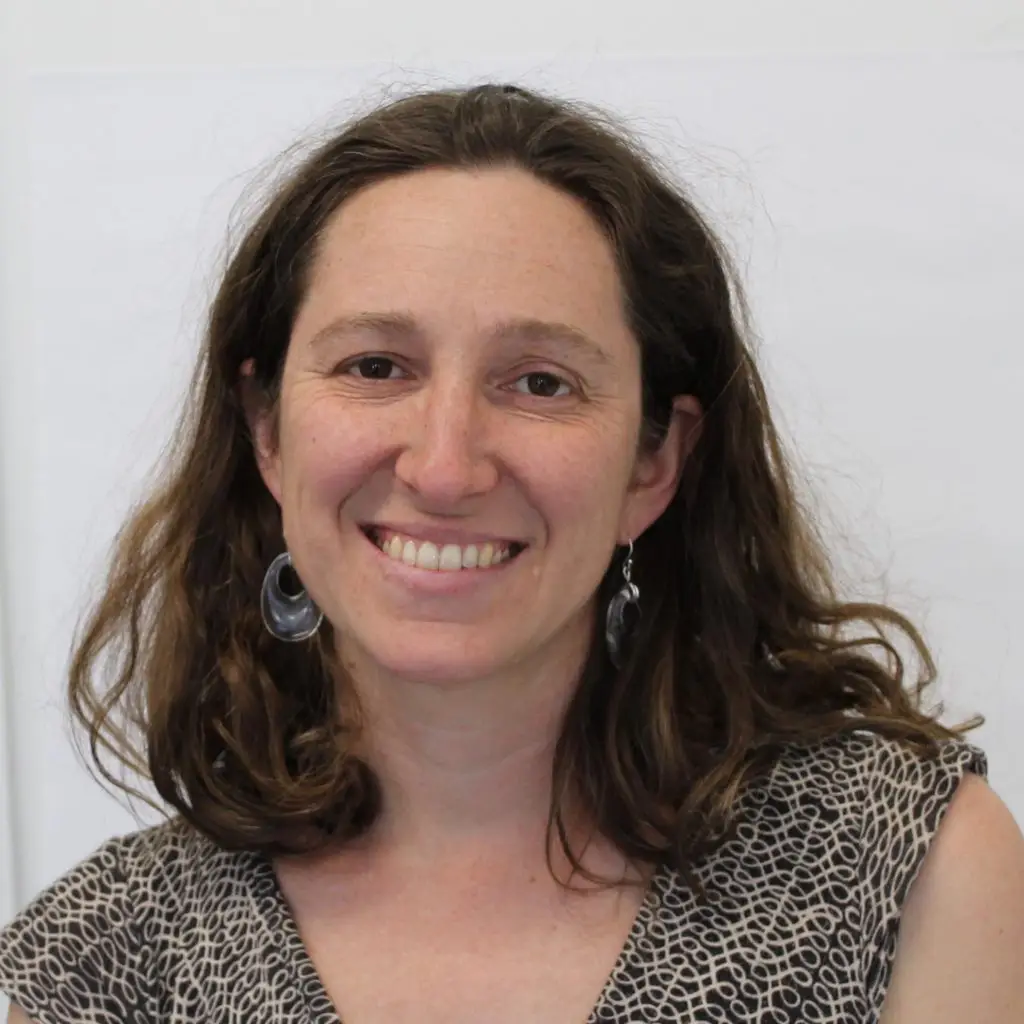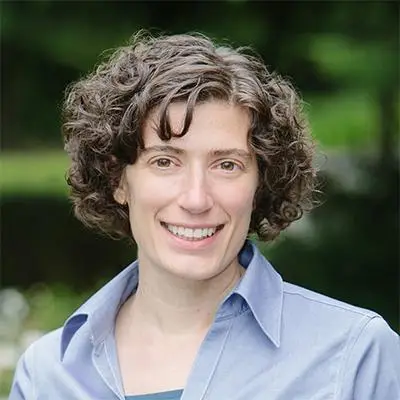The COVID-19 pandemic brought on an employment crisis alongside falling college enrollment rates, which reached historic lows at two-year institutions. Would these twin crises provide the motivation and opportunity that states, education institutions, and employers needed to make meaningful progress toward a more flexible and integrated learning system?
To find out, we interviewed 31 K–12, state, and nonprofit leaders who have been focused on redesigning education and career pathways. We asked them how their work has changed in the last year and what their priorities are as the nation emerges from the pandemic.
In these conversations, we learned about efforts to coordinate education and workforce systems that have too long been disconnected:
- As schools and workplaces went online, states built virtual college and career counseling tools that were accessible to anyone with an internet connection—not just students currently enrolled in K–12 or higher education institutions.
- The pandemic brought on widespread experimentation with the five-day school schedule, new familiarity with virtual learning models, and a desire to wait on attending college. This created opportunities to innovate on how learners connect with industry during and beyond high school.
- Postsecondary institutions and states have demonstrated renewed interest in microcredentials to help people rapidly enter or re-enter the workforce.
While we saw higher education and industry make significant strides to align and collaborate, we saw few innovations initiated by K–12 systems. We offer four ways states can engage K–12:
- Invest in virtual platforms that support college and career navigation.
- Incentivize bold experimentation with hybrid learning to design new models that blend school and workplace learning or connect with postsecondary microcredentials.
- Step in to encourage and regulate high-quality, postsecondary microcredentials that stack toward associate and bachelor degrees.
- Combine policy with technical assistance to help districts credit out-of-school learning.






